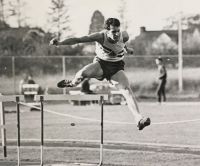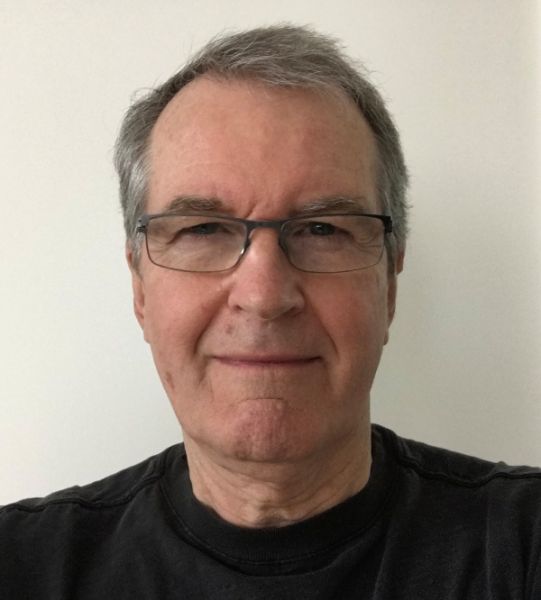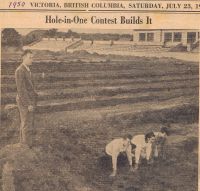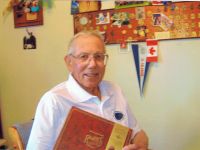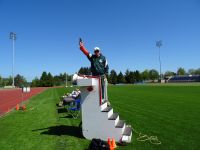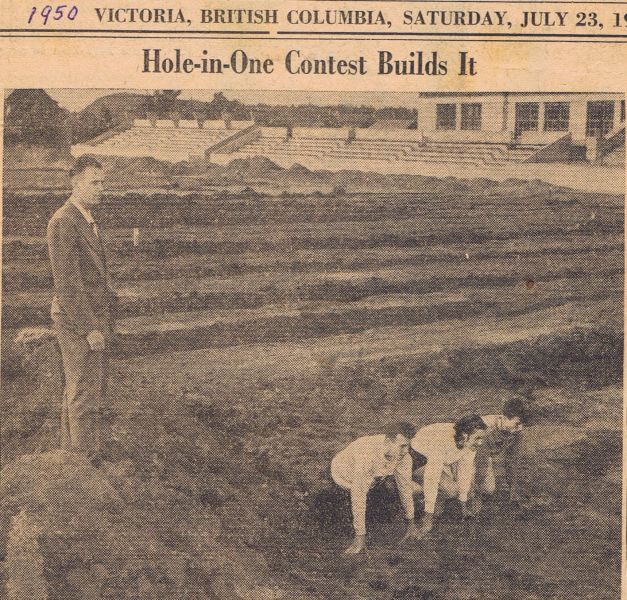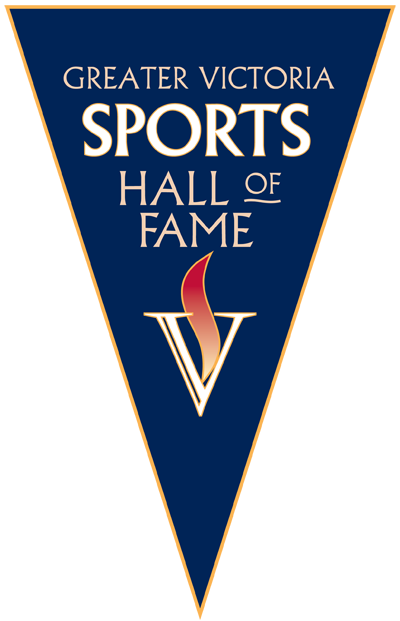Bob McLaren was the greatest Canadian hurdler of his generation.
Bob attended Willows Elementary School and was soon to become a sprinting sensation during his years at Oak Bay High School. In 1963 he set records in the 100m and 200m sprints (records that were still standing when he was inducted into the Oak Bay High Hall of Fame in 2008). His Island high school record of 9.8 seconds in the 100 yards (10.7 seconds in the 100 metres) stood for many decades. Also in 1963, he was named “Outstanding High School Athlete” at the Provincial Championships.
That led to an NCAA track career in the U.S. collegiate ranks with the Oregon State Beavers in what was then the Pac-8 Conference. Long and lean at six-foot-three, Bob had all the natural attributes of a hurdler and was converted to the 400-metre hurdles from sprinting. He honed his skills as a 400m runner at Oregon State and held the Canadian record as well as becoming national champion in the hurdles and several other events (indoors and relays) from 1966 to 1968.
After just missing out on the national team for the 1966 Commonwealth Games, Bob bloomed the following year with two medals at the 1967 Pan American Games: Bronze in the 400-metre hurdles and Silver with the 4x400m Canadian relay team. As a result, he was named Victoria Athlete of the Year in 1967.
As national champion, Bob went on to compete in the 400m hurdles at the 1968 Mexico City Summer Olympics. This was an amazing accomplishment at a time when Canada was sending smaller teams to the Olympics and selection as an Olympian was very difficult to achieve.
“There was just so much going on at those Games and in the world,” Bob said of the 1968 Games. It was a different era in terms of the athletics, as well.
“I was primed, but injured myself in warm-ups just before the Olympic 400m hurdles race. We did not have a good support structure back in those days — nothing like athletes have today — and I was on my own to deal with it," said Bob, who struggled across the line in the preliminary rounds after being favoured to reach the Olympic final.
There was no such thing as a full-time amateur athlete back then. Bob got time off from his job at the Hudson's Bay department store to compete in the Olympics. “I was working full-time during the days and training at nights," he said. “When I got back from the Olympics, it was like: 'OK, now you're ready to work full-time, right?’” The thought of continuing on as a professional athlete was not even an option in that era, but there are no regrets about a career well run.
Although Bob’s undeniable and ample talent was hampered by injuries following Mexico City, his contributions to Victoria and Canadian track and field will stand forever.
Rafael Melendez-Duke has been a fixture on the Victoria and Island track scene for 70 years. So multi-faceted has been his career that he could be enshrined as both an athlete and a builder.
Rafael joined the storied Victoria Flying Y Track and Field Club in 1947 and was one of the greatest Victoria sprinters of the 1950s. Under coach and mentor Archie McKinnon, he competed as a sprinter and relay specialist for 11 years. Along the way, he won B.C. Senior Men’s double sprint title for six years. He won the 100 yard sprint at the Canadian Championships in 1951 and took silver in the 200 yard sprint at the 1952 Championships. His career best times on cinder tracks were 9.8 seconds for the 100 yard sprint, 10.8 seconds for the 100 metre sprint, and 21.9 seconds for 200 metres.
After graduating from University School, Rafael’s post-secondary schooling took him to California’s St. Mary’s College, where he won his letter in track in his freshman year, followed the next year by a season-ending muscle pull. A transfer to Vancouver lasting five years coupled with a career change to teaching led him back to Victoria (and track), where he is known to have bested a future school principal over a 50 metre race in order to merit an offer to teach in School District 61.
In his 27 years at Willows School, Rafael revitalized its running activities and, with superb backing from teacher Mike Antolin and principals Tom Bourne and Tarj Mann over a 25-year span, made the elementary school’s cross-country running program a popular and competitive activity, existing to this day.
A landmark track meet, held at UVic’s Centennial Stadium in September 1968, attracted many U.S. and European athletes just three weeks prior to Mexico City’s Olympics. As a timer and judge at the finish line, Rafael forever avoided these officiating functions and yearned for the starter’s gun!
In 1968, at the invitation of long-time starters Ernie Teagle and Jack Hutchinson, Rafael was invited to be a third starter at local and B.C. meets with the added bonus of competing as a master athlete. What an offer! Starting became a passion and a commitment that now stretches more than five decades.
Rafael has helped build the sport of track and field in Victoria both as a coach and meet technical official. He has literally written the book on starting: On Your Marks – a History of Track and Field Officiating in Victoria. He has started thousands of races in his career, from Commonwealth Games and Canadian Olympic Trials to elementary school meets.
To Rafael, the athlete on the start line is always Number One, whether he or she is eight years old or an Olympic hopeful. A track meet can have up to 200 races, yet he treats every runner under his charge with the same respect, courtesy and genuine interest. As an example of commitment to his sport, Rafael Melendez-Duke is unbeatable.
SPONSORED BY SMUS UNIVERSITY SCHOOL ALUMNI ASSOC.

